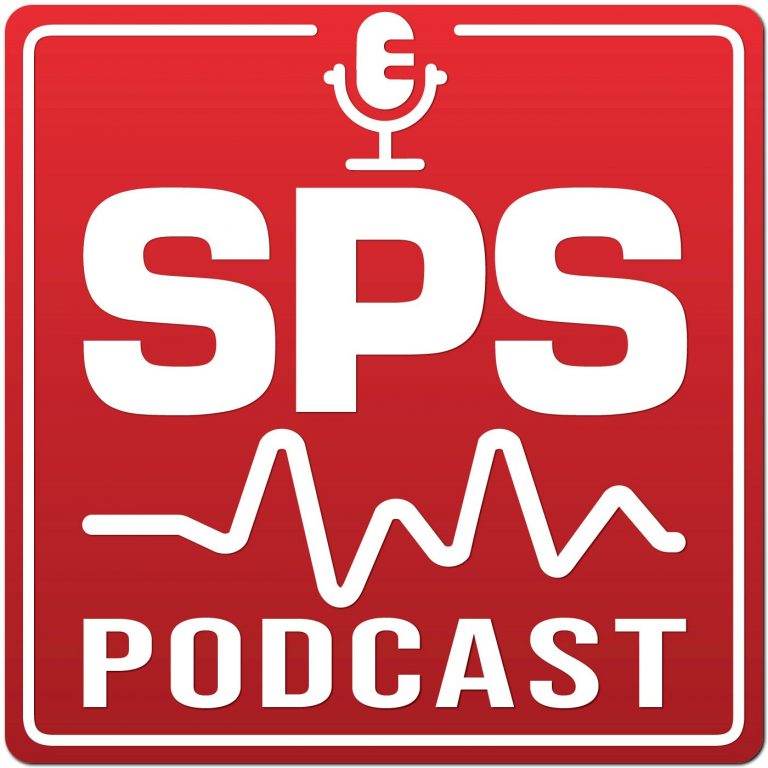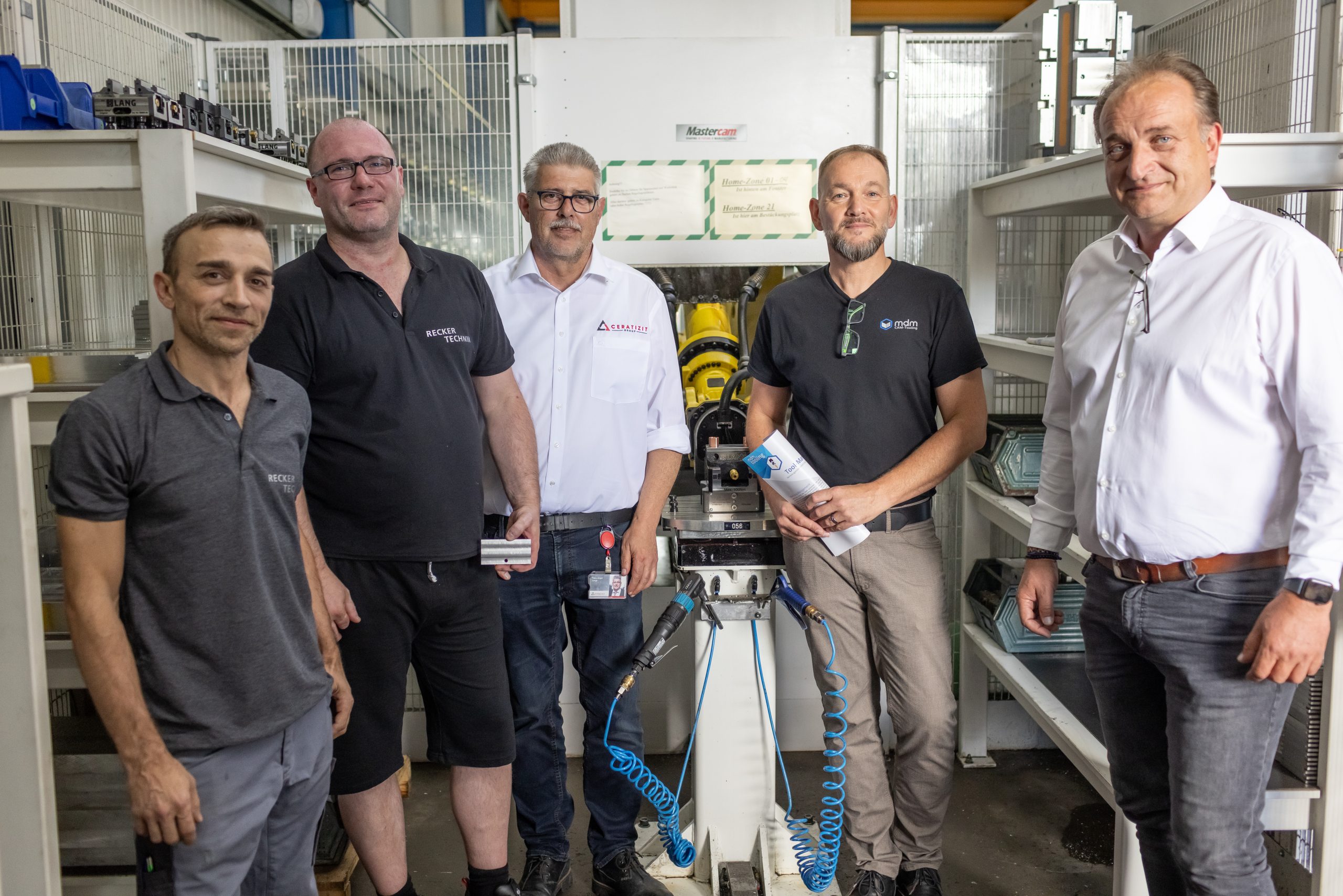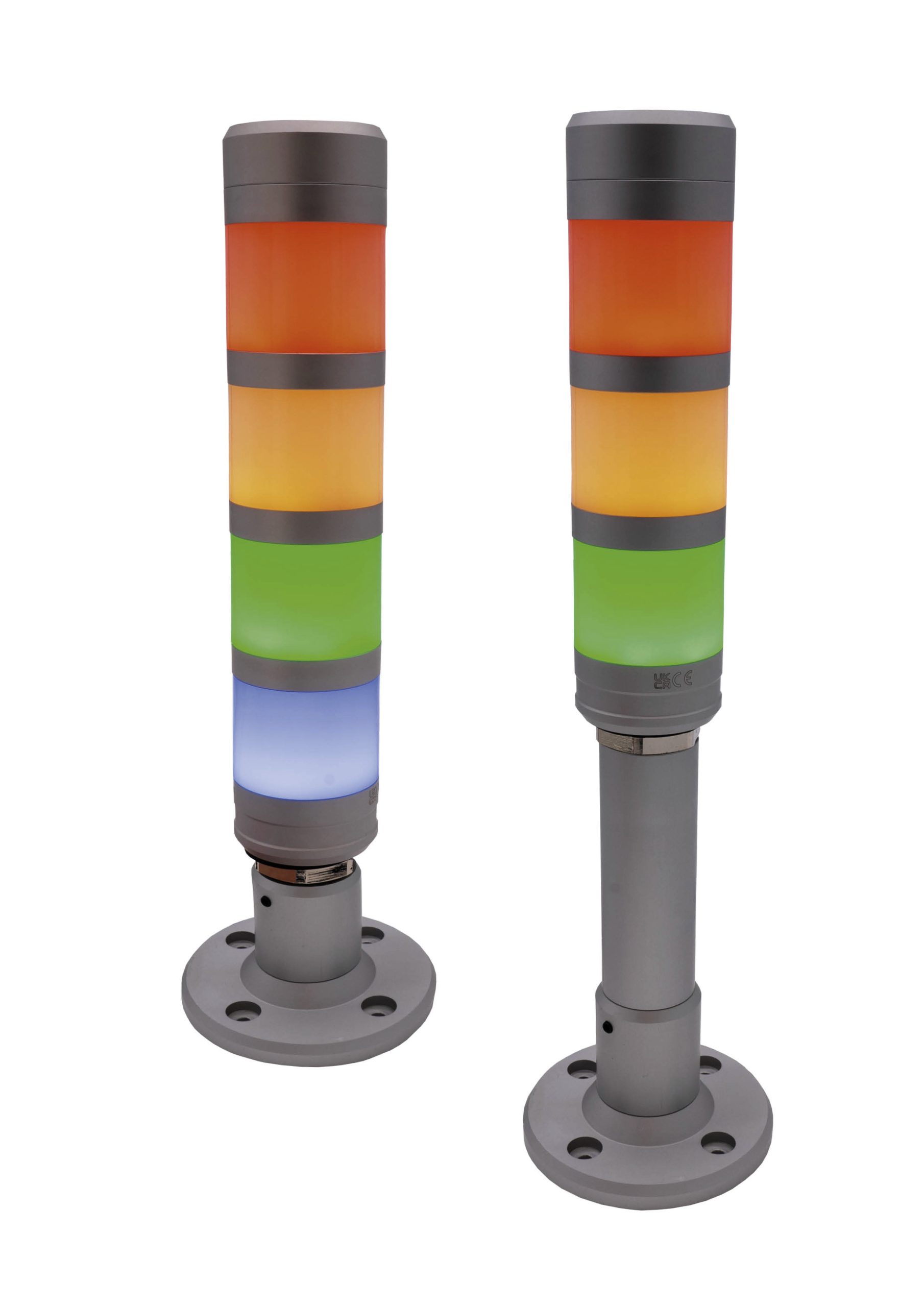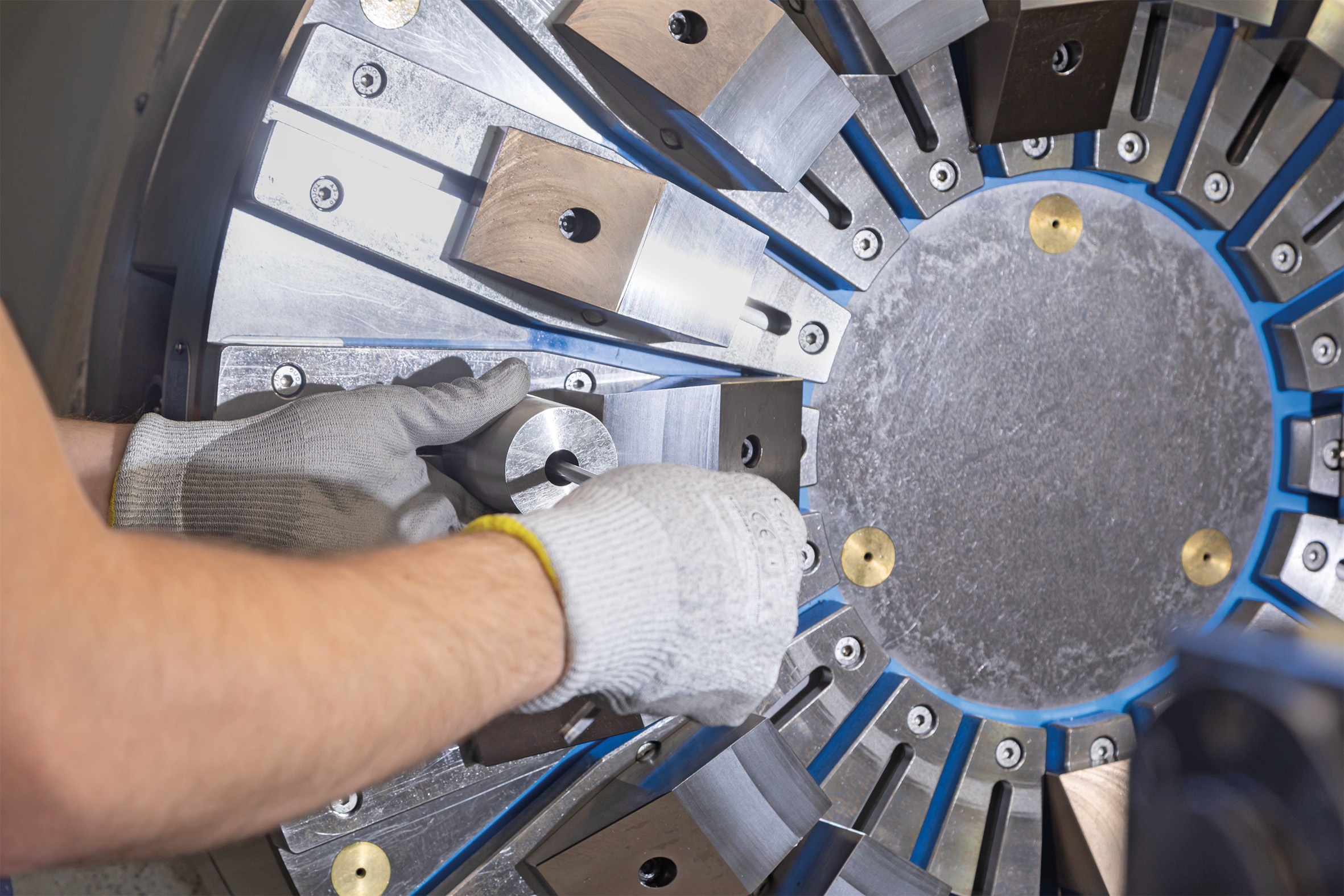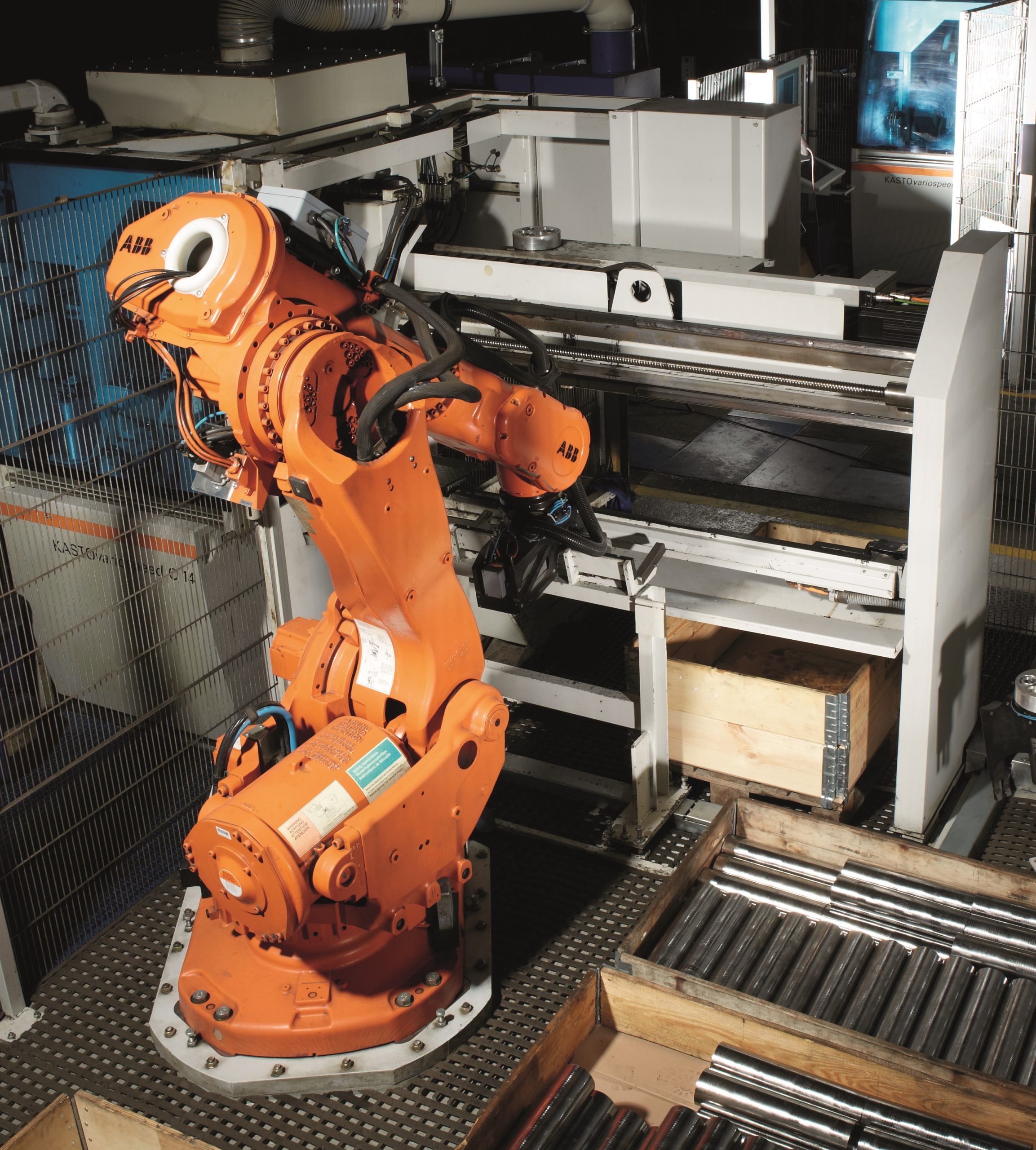The ultimate purpose of this testbed is to prove how IIoT-related technologies and concepts are a critical and practical part of an effective predictive maintenance strategy. After all, there\’s little need these days to prove the cost benefits of predictive maintenance in and of itself. Numerous studies have already done that, such as the one by the Electrical Power Research Institute (EPRI) that shows a predictive maintenance strategy costs just $9 per pump motor HP, compared with a reactive maintenance strategy, which costs $17 per pump motor HP, and a preventive maintenance strategy, which costs $24 per pump motor HP. Calculated out to 2,000 HP of use, this translates into a $48,000 cost for preventive maintenance, a $34,000 cost for reactive maintenance, and just $18,000 for predictive maintenance. At National Instruments\‘ NIWeek 2015, I had the opportunity to speak with Greg Gorman, director of product management and design for IBM Analytics\‘ Internet of Things, and Jamie Smith, director of embedded systems at NI. Smith explained that the IBM/NI testbed with IIC started with fans and motors connected to NI CompactRIO (control and monitoring) units, with the acquired data and analysis being passed onto NI InsightCM software for additional analysis and then storage in historians. From the historians, the processed data is then passed on to Bluemix, IBM\’s platform for app-centric runtimes, app containers and virtual machines – all built on open source computing technologies – for further analysis. \“We started this testbed with fans because they rotate (a common aspect of machinery monitored for PM purposes) and are easy to throw off spec,\“ Smith said. A key aspect of the testbed is to show how \“we can take processing and analytics to the edge for predictive maintenance applications,\“ Gorman said, \“and even correlate machine data with social data so that maintenance can be optimally scheduled around production requirements.\“ To facilitate this kind of high-level analysis at greater scale, IBM brings its Watson cognitive services technology into play. This means that, no matter the level of data complexity encountered through a vast array of capital equipment and conveyed through sensors, controllers and analysis software, \“bandwidth is not an issue with 44 cloud-based data centers,\“ Gorman said. That kind of computing power is necessary when considering the scalability needed for all the potential uses of predictive maintenance strategies across industry. \“Think about all the companies with thousands of diesel engines in every truck in their fleet,\“ Gorman noted. That\’s also why openness is essential, Smith added. \“Some of the systems being used in industry today for PM/CM are not open and can\’t adapt to all the new sensors being created. InsightCM is open to implement new capabilities as needed, and Bluemix is wide open – it can even handle the interplay of non-traditional data from sources like Twitter and weather forecasts\“ to correlate with production or operations data. Another major area of concentration of this PM/CM testbed is around the connectivity, interoperability and security of the technologies. \“We\’re focusing on securing the pathways of data transfer to evaluate each security threat – including physical threats,\“ Smith added. With Phase I of the testbed currently being conducted with motors, fans and the technologies listed above, Phase II will involve moving from simple assets like fans and basic motors to \“heavy-duty assets at energy generation facilities, such as Southern California Edison,\“ Smith said. \“Phase III will focus on moving the knowledge gained from energy generation tests to an adjacent industry, such as mining or oil and gas. We don\’t need to test this in every industry\“ to prove the concept and technologies\‘ value and viability.
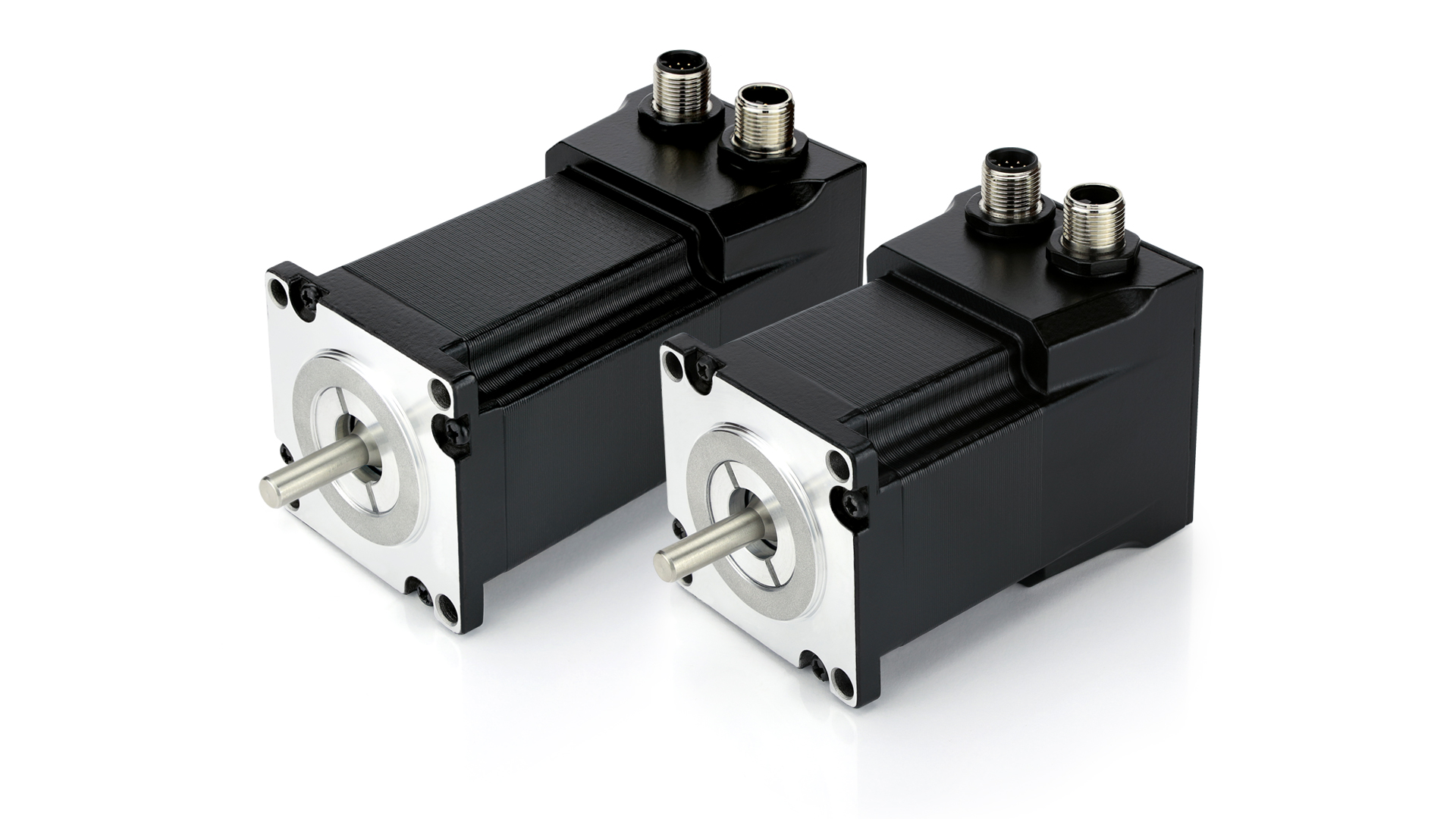
Neuer Schrittmotor mit UL/CSA-Zertifizierung
Nanotec erweitert seine Produktpalette um den Hightorque-Schrittmotor ASA5618.
